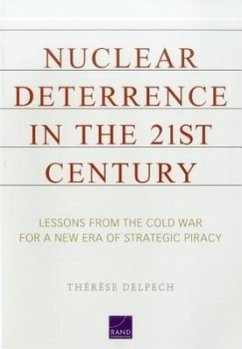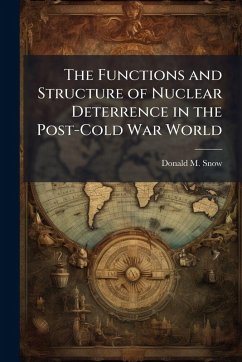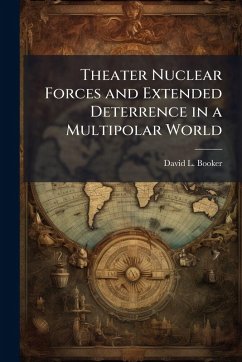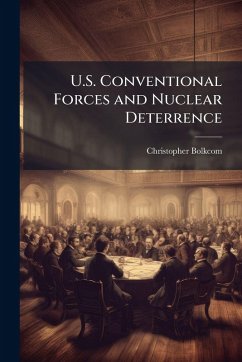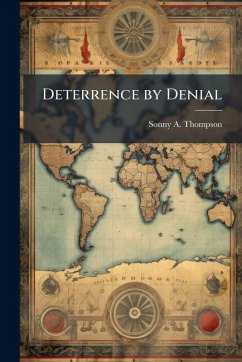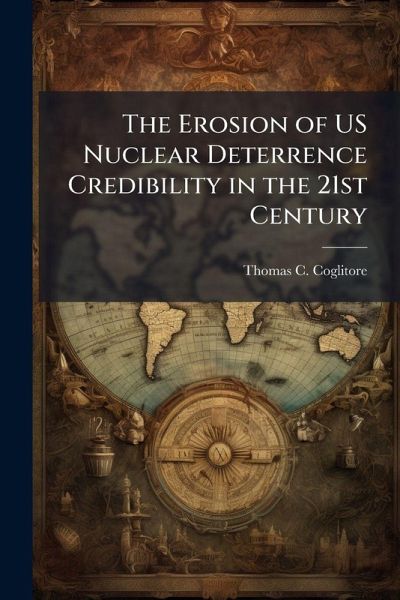
The Erosion of US Nuclear Deterrence Credibility in the 21st Century
Versandkostenfrei!
Versandfertig in über 4 Wochen
14,99 €
inkl. MwSt.
Weitere Ausgaben:

PAYBACK Punkte
7 °P sammeln!
The US maintains nuclear weapons to 'deter, dissuade, and defeat' a range of immediate and potential conventional, nuclear, chemical, and biological weapons threats. No other weapon matches its physical and psychological power. While their emphasis in the US national security strategy has diminished since the end of the Cold War, nuclear weapons continue to serve as the ultimate deterrent. Looking forward, shifts in the strategic landscape are calling into question the value of nuclear weapons. Technology continues to advance exponentially, multiplying the number of threats and creating new do...
The US maintains nuclear weapons to 'deter, dissuade, and defeat' a range of immediate and potential conventional, nuclear, chemical, and biological weapons threats. No other weapon matches its physical and psychological power. While their emphasis in the US national security strategy has diminished since the end of the Cold War, nuclear weapons continue to serve as the ultimate deterrent. Looking forward, shifts in the strategic landscape are calling into question the value of nuclear weapons. Technology continues to advance exponentially, multiplying the number of threats and creating new domains such as cyberspace. When combined with political and social changes driven by globalization, the international relations system has become more complex by shifting the power balance between states; empowering small groups and individuals; and giving rise to new conceptions of conflict such as hybrid warfare. This work has been selected by scholars as being culturally important, and is part of the knowledge base of civilization as we know it. This work was reproduced from the original artifact, and remains as true to the original work as possible. Therefore, you will see the original copyright references, library stamps (as most of these works have been housed in our most important libraries around the world), and other notations in the work. This work is in the public domain in the United States of America, and possibly other nations. Within the United States, you may freely copy and distribute this work, as no entity (individual or corporate) has a copyright on the body of the work. As a reproduction of a historical artifact, this work may contain missing or blurred pages, poor pictures, errant marks, etc. Scholars believe, and we concur, that this work is important enough to be preserved, reproduced, and made generally available to the public. We appreciate your support of the preservation process, and thank you for being an important part of keeping this knowledge alive and relevant.



